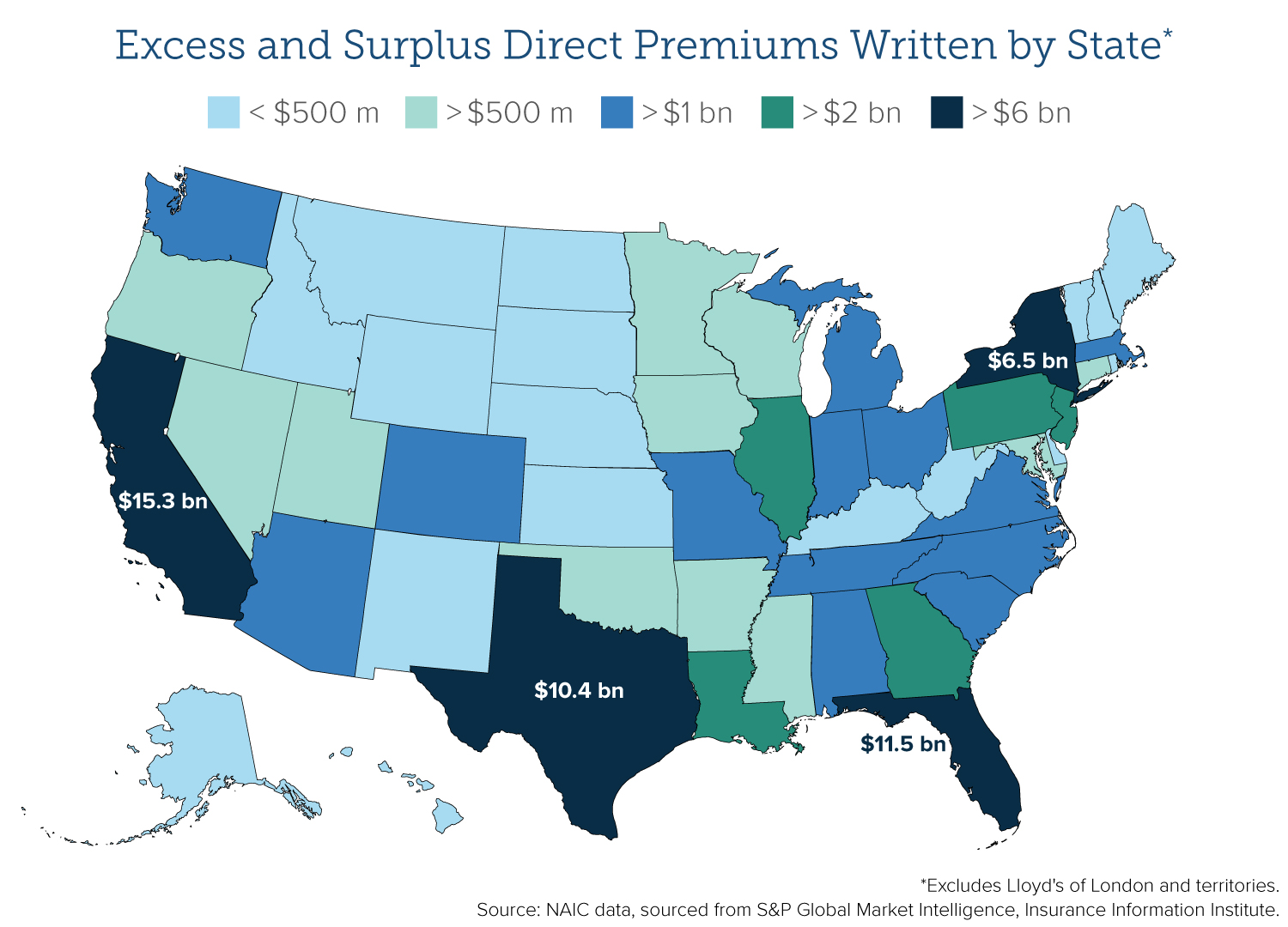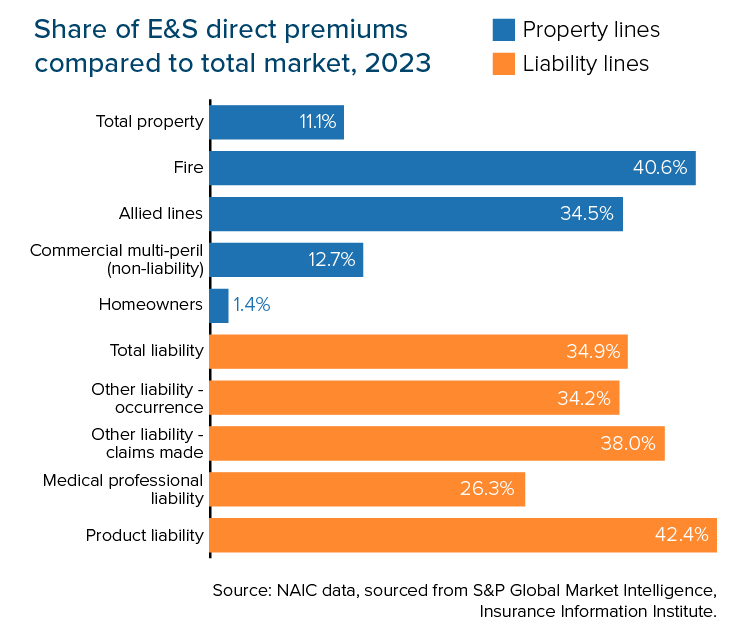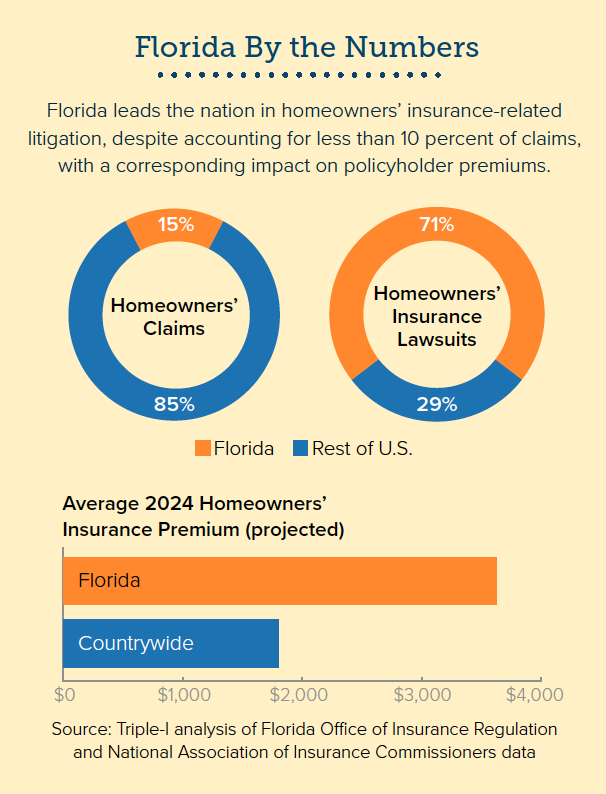
With nearly half of all homes in the United States at risk of “severe or extreme” damage from events like flooding, high winds, and wildfire, the perfect storm of climate risk and legal system abuse creates obstacles for homeowners. It also threatens a more financially vulnerable segment of the housing market, as increased premiums and waning coverage for affordable housing providers can put millions of renters at risk of becoming rent-burdened (paying more than 30 percent of gross monthly income in gross monthly rent) or unhoused.
In June of this year, about two dozen real estate, housing, and nonprofit organizations — self-describing as a “broad coalition of housing providers and lenders” — wrote a letter to Congress and the Biden administration urging them to address the issue of property insurance affordability. Although the coalition declared its intent to represent all stakeholders in the housing market, it called attention to special concerns of affordable housing providers and renters.
The letter referenced an October 2023 survey and report commissioned by the National Leased Housing Association (NLHA) and supported by other affordable housing organizations. The survey involved more than 400 housing providers that operate 2.7 million rental units — 1.7 million of which are federally subsidized. Findings mentioned in the letter and report about the affordable housing market include:
– Rate increases of 25 percent or more in the most recent renewal period for one in every three policies for affordable housing providers.
– Over 93 percent of housing providers said they plan to mitigate cost increases, with three most commonly cited tactics: increasing insurance deductibles (67 percent), decreasing operating expenses (64 percent), and increasing rent (58 percent).
– Respondents cited limited markets and capacity as the cause for most premium increases, followed by claims history/loss and renter population.
According to the U.S. Department of Housing and Urban Development (HUD) guidelines, affordable housing is generally defined as housing for which the occupant is paying no more than 30 percent of gross income for housing costs. These units are often regulated under various regional and nationwide programs, which typically offer some form of government subsidy to the property owners – usually either through tax credits, government-backed financing, or direct payments. Rising insurance premiums for affordable housing properties have come at a particularly challenging time for both renters and affordable housing property owners, a large share of which are non-profit organizations.
Census Data indicates that in total renters comprise around 36 percent, or about 44.2 million of the 122.8 million Census captured households. The number of rent-burdened households nationwide has hit an all-time high. The latest rental housing market figures, taken from a report issued by the Joint Center For Housing Studies Of Harvard University, counts 22.4 million rent burdened households in this category, amplifying the dire need for more affordable units. That report also reveals the proportion of “cost-burdened renters rose to 50 percent, up 3.2 percentage points from 2019.”
Additionally, homelessness increased 12 percent in 2023. More than 650,000 people were unhoused at some point last year — the highest number recorded since data collection began in 2007. A Wall Street Journal analysis reveals the most recent counts for 2024 are already up 10 percent, putting the total number of unhoused persons on track to exceed last year’s amount.
Meanwhile, the affordable housing stock is aging and the cost of debt to acquire or build multifamily properties has risen, too. As interest rates have been high in recent years, developers must offer investors greater returns than treasury notes. The problem is complex, but the outcomes can be brutally straightforward.
Higher insurance premiums on rented properties increase costs, which, in turn, get passed on to renters. Market-rate landlords can usually raise rents to cover the increasing costs of capital and insurance premiums. However, affordable housing providers are locked into rents set by the government. These amounts are tied to regional incomes, which can be depressed by wage stagnation. Thus, renters who rely on affordable housing can experience the impact of rising premiums in the form of decreased services and lapsed maintenance (as housing providers dip into other parts of the operating budget to make up the shortfall) or a decrease in the number of units on the market as housing providers extract units or leave the market.
In July of this year, HUD convened a meeting with various stakeholders to discuss policies and opportunities to address this and related challenges while managing potential risks to the long-term viability of affordable housing. HUD has modified its insurance requirements for apartment buildings with government-backed mortgages, now allowing owners to set their deductible for wind and storm events as high as $475,000, up from $250,000. This tactic may reduce premiums but can also raise out-of-pocket costs after a storm or severe climate event. Another approach in progress is the revision of HUD’s methodology for calculating the Operating Cost Adjustment Factors (OCAF), parameters for annual percentile increases in rent, for eligible multifamily properties to better account for increasing insurance costs.
Triple-I is committed to advancing conversations with business leaders, government regulators, and other stakeholders to attack the risk crisis and chart a path forward. To join the discussion, register for JIF 2024. Follow our blog to learn more about trends in insurance affordability and availability across the property and casualty market.










